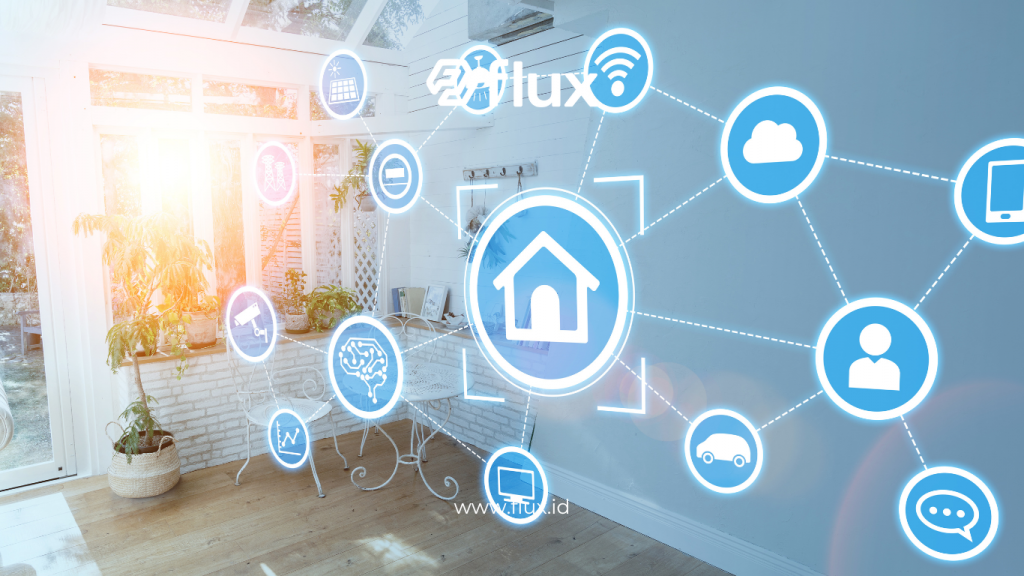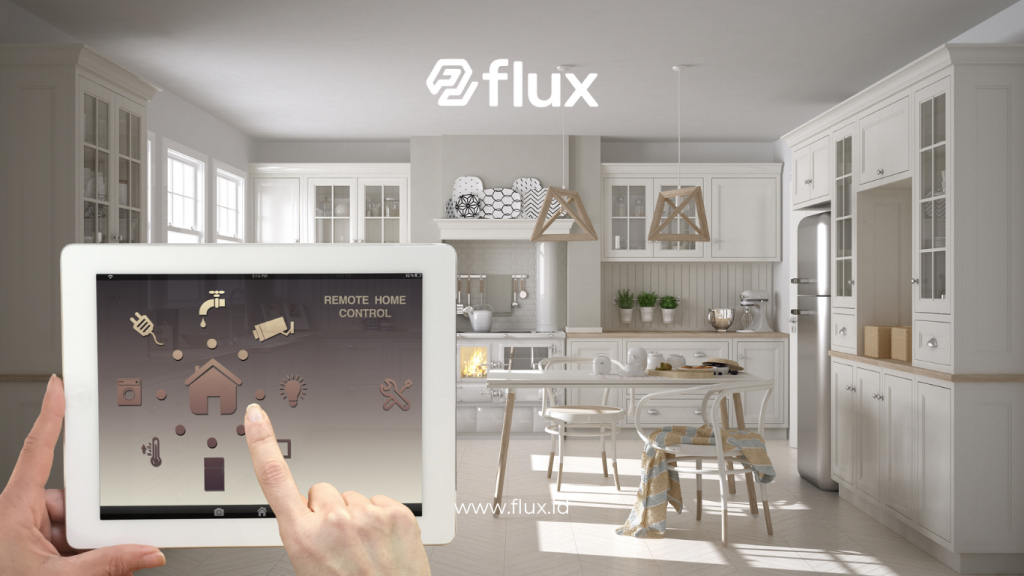Don't miss our holiday offer - 20% OFF!
The Internet of Things (IoT) has become an integral part of modern life, bringing significant changes to every aspect of daily life, including in the home. With IoT applications, homes are no longer just living spaces but have become smart environments that interact with, respond to, and meet the needs of their occupants automatically. This article explores how IoT transforms the modern home and offers practical solutions for comfort, security, and energy efficiency.
Contents
1. What is IoT and How Does It Play a Role in the Home?

Read More: Entering the Digital Era with IoT-Based Smart Homes
The Internet of Things (IoT) is a concept where electronic devices are interconnected through the internet, enabling remote communication and control. In the home, IoT technology is applied to various devices, such as lights, thermostats, security systems, and kitchen appliances. Through this integration, IoT simplifies daily routines and enhances energy efficiency.
2. Common Smart Home Devices Using IoT

Read More: IoT Integration in Smart Home Systems: Benefits and Challenges
Here are some popular IoT devices in modern homes:
- Smart Lights
Smart lights can be controlled via apps or voice commands, allowing users to adjust brightness as needed. Some systems even turn on or off automatically based on the presence of people in the room. - Smart Thermostats
Smart thermostats allow homeowners to set temperatures based on habits and weather. This helps reduce energy consumption without sacrificing comfort. - Smart Security Systems
With security cameras, motion sensors, and smart locks, IoT security systems offer peace of mind with real-time notifications and direct access to home status from anywhere. - Smart Kitchen Appliances
Smart kitchen appliances, like ovens, refrigerators, and coffee makers, can be operated remotely. For instance, users can preheat the oven on their way home, so dinner is ready upon arrival.
3. IoT in Enhancing Home Security
Security is one of the main aspects driven by IoT in modern homes. With this technology, homeowners can more easily monitor and control access to their homes.
- Alarm Systems and Security Cameras
Smart security cameras connected to phone apps provide instant alerts for suspicious activity. Homeowners can even watch live footage from the camera at any time. - Smart Locks
Smart locks allow users to lock or unlock doors via smartphones. Some models even support facial recognition or fingerprint scanning, making access safer and limited to certain individuals. - Motion Sensors and Leak Detectors
Motion sensors can alert users if there is activity in unauthorized areas. Leak detectors also help spot leaks in areas like the kitchen or bathroom, preventing further damage.
4. IoT for Energy Efficiency in the Home
IoT plays a critical role in creating eco-friendly homes through smarter energy management:
- Smart Switches and Outlets
With smart switches and outlets, users can ensure that unused electronics are automatically turned off, reducing energy waste. - Automated Temperature Control
Smart thermostats and air conditioners can adjust temperatures according to scheduled settings. For instance, cooling stops when no one is home, keeping electricity bills manageable. - Automatic Irrigation Systems
For homeowners with gardens, an IoT-enabled irrigation system adjusts watering according to weather data. This allows for well-maintained gardens without wasting water.
5. Convenience with Home Automation

Read More: Artificial Intelligence and IoT: Transforming an Ordinary House into a Smart Home
Beyond security and energy efficiency, IoT also enhances home comfort. Automation provides flexibility in home management, making living experiences more enjoyable and convenient.
- Music and Entertainment Settings
Smart speakers can play residents’ favorite music with a simple voice command. With integrated entertainment systems, residents can access movies, music, or news anytime without needing a remote control. - Temperature and Lighting Control
With automated temperature and lighting, residents can create ideal settings, such as soft lighting in the evening or warm temperatures during rainy seasons, all with a simple command.
6. Challenges in Implementing IoT at Home
Although IoT offers many benefits, there are also challenges in its implementation in the home:
- Data Security and Privacy
Since IoT devices are connected to the internet, the risk of hacking and data leakage is a serious concern. Users need to consider strong cybersecurity systems and choose devices with data encryption. - Device Compatibility
Each smart device manufacturer has different platforms, so not all devices function well together. Selecting a compatible IoT ecosystem is important to gain maximum benefits. - Need for Stable Internet Connectivity
IoT devices rely heavily on internet connections. Therefore, homes with weak internet connectivity may not fully enjoy the benefits of this technology.
7. The Future of IoT in Homes

Read More: Optimizing Your Home: How IoT is Transforming the Smart Home Concept
The development of IoT technology suggests that, in the future, homes will become smarter and more autonomous. New technologies such as artificial intelligence (AI) and machine learning are expected to enrich the smart home experience, allowing devices to learn household habits and preferences.
Conclusion
IoT has brought about significant transformation in how people live and experience daily life. In terms of security, comfort, and energy efficiency, the application of IoT in modern homes offers numerous advantages. However, challenges like data security, device compatibility, and the need for stable internet connections remain key concerns. With advancing technology, the future of increasingly sophisticated smart homes seems within reach, making IoT an inseparable part of modern life.





